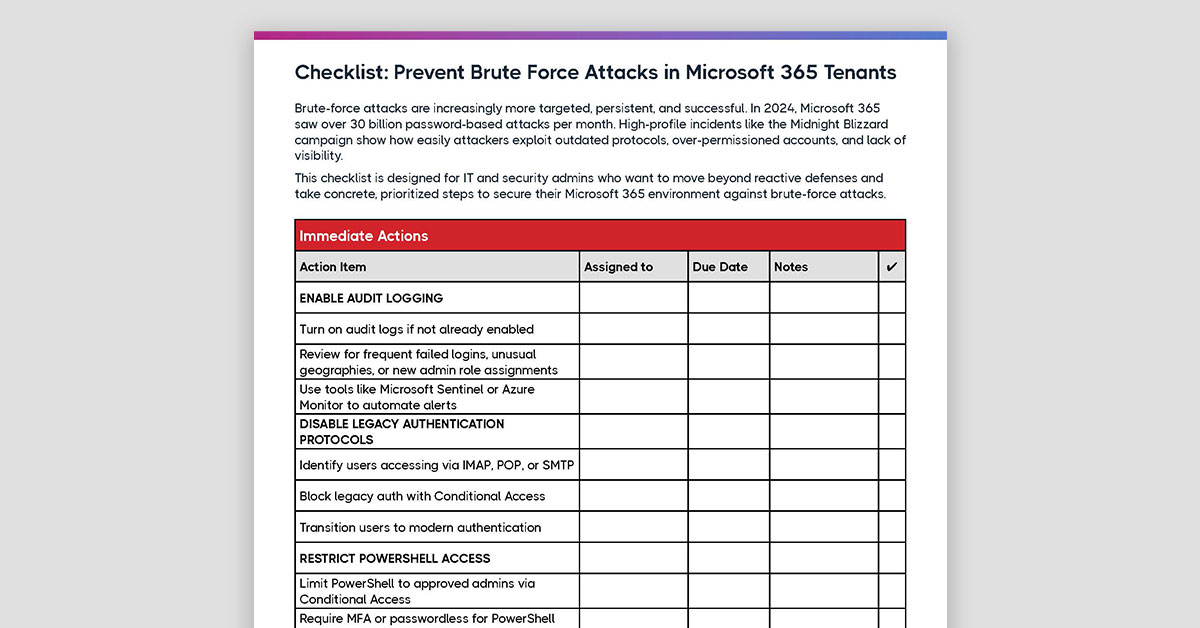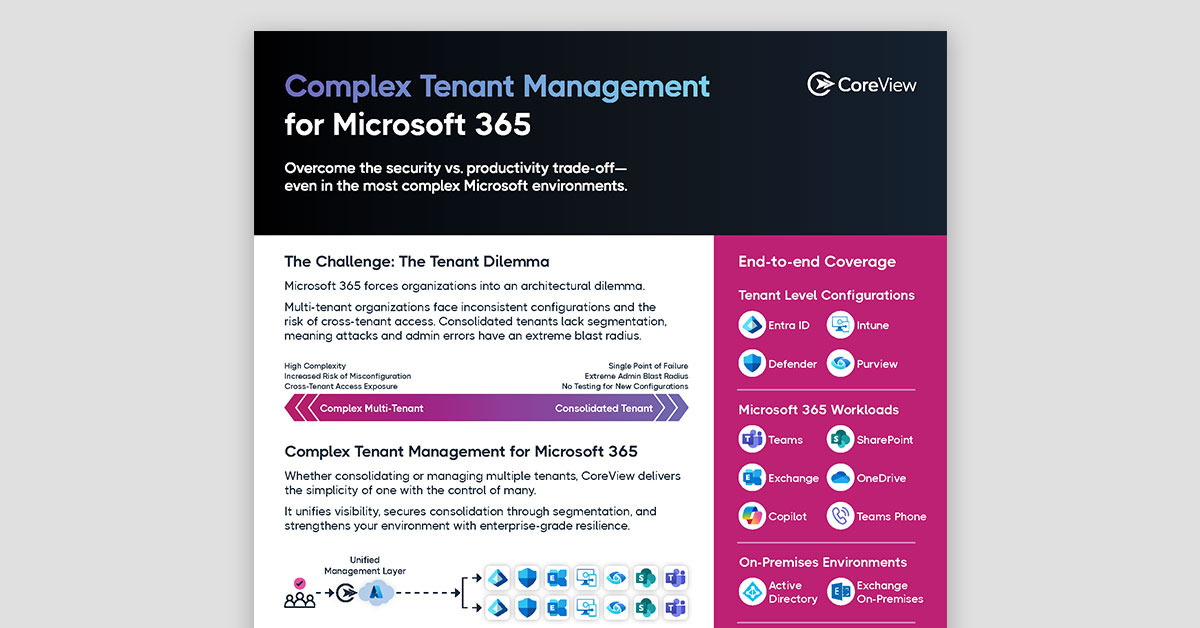Welcome to our new blog series! Back to Basics: A Microsoft 365 Glossary. The aim of this blog series is simple – we will be breaking down and defining the many different terms we use every day within Microsoft 365. Despite regularly using this jargon, many people do not know what exactly the different terms mean. To kick off the series, we will cover these three questions:
Microsoft expert covers the Microsoft 365 service and subscription. Dive into details about Microsoft 365 tenants and licensing. Additional resources included.
What is Microsoft 365?
Microsoft very simply defines Microsoft 365 as their “cloud-powered productivity platform” for both individuals and organizations. But the history of Microsoft 365 goes back far beyond cloud-powered technology.
Microsoft 365 used to be known as Office and was typically sold to individuals as a software add-on at the time of purchasing a Windows computer. As a one-time purchase, you owned the software and did not have to worry about it until you were going to buy your next computer.
For most consumers with PCs, the software refresh cycle was about three to four years, so people would not think about Office for years until they were going to buy a new computer. Microsoft matched this buying cycle with a release cycle of every three years. However, three years is a rather long time between releases. So, Microsoft introduced a service called Office 365.
Office 365 is a subscription-based service that pulls together all the traditional Office apps with frequent updates and fixes over your service term. Office has continued to grow from just Word, Excel, and PowerPoint to include other applications, such as Forms, To Do, and OneDrive. As part of these changes, Microsoft updated the name to reflect the broader scope and introduced Microsoft 365 back in April 2020. The 365 in Microsoft 365 reflects the service that Microsoft is providing on an ongoing basis, every single day of the year – storage space, constant updates, and more.
What does the Microsoft 365 service include?
According to Microsoft, “Microsoft 365 subscriptions include a set of familiar productivity apps, intelligent cloud services, and world-class security in one place.” This definition is comprehensive for describing the Microsoft 365 offering that we refer to in the IT administration space for businesses.
The features you get with your Microsoft 365 subscription are determined by which plan or license you choose. For business organizations, licenses range from $8.00 per user per month all the way up to over $65 per user per month with a huge range of different features depending on the license you choose. Licenses are comprised of
- Office apps (e.g., Outlook, Word, Excel)
- Collaboration and communication services (e.g., Exchange, OneDrive, Teams),
- Accounts and security (e.g., Entra, Intune, Cloud app security),
- Operating system (Windows),
- Business apps (e.g., Power BI, Stream, PowerApps)
- Additional services (e.g., MyAnalytics).
Typically, the cheaper the license, the fewer services you receive, and the more expensive, the more services you receive. There are many different license SKUs, and the size of your organization and your needs determine which license you should get.
As your organization grows in size and complexity, your needs often grow, and your license choice reflects that. It is important to understand your organization’s needs and purchase the correct license accordingly to avoid overspending on services you do not need.
All the Microsoft 365 services and resources are managed through something Microsoft refers to as a Tenant. We will be exploring the different services listed above in future back to basics blog posts. But in the meantime, one question remains.
For a deep dive into licensing, read about managing, planning, and implementing Microsoft 365 licenses.
What is a Microsoft 365 Tenant?
While this question may warrant its own dedicated Back to Basics blog, a Tenant in Microsoft is the term used for a Microsoft 365 Organization. In other words, a tenant is your business in the Microsoft ecosystem. The Tenant is comprised of licenses, users, groups, security policies, and more.
Here’s an example: CoreView is a Tenant, and Walmart is a Tenant. Both CoreView and Walmart have a Tenant, each representing their business in Microsoft, dedicated to managing their Microsoft 365 environment. The Tenant acts as a container for an organization’s Microsoft 365 resources.
Ultimately, Microsoft 365 is a remarkably powerful productivity platform used by organizations around the world. Even this blog was written using one of Microsoft 365 services – Word. To keep learning about the fundamentals of Microsoft 365, stay tuned for our next Back to Basics blog.
In the meantime, here are some other helpful resources:



